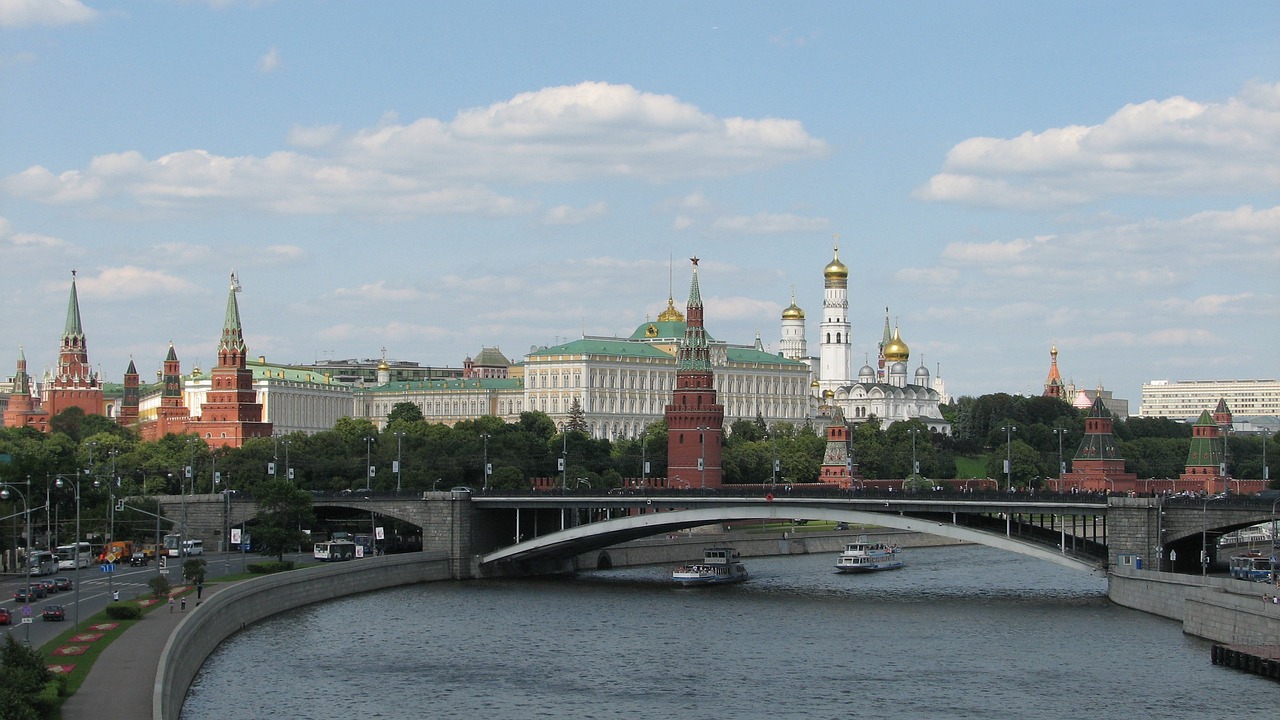In the tapestry of American infrastructure, few threads are as colorful and fraught with narratives as that of Baltimore’s Francis Scott Key Bridge. Spanning the Patapsco River, this bridge has not only facilitated millions of journeys but also witnessed the evolution of Baltimore itself, embodying stories of architectural ambition, resilience, and unexpected tragedy.
Historical Backdrop and Construction Marvel
In the bustling post-war America of the 1960s, the burgeoning traffic through Baltimore’s existing harbor tunnel highlighted a dire need for additional crossings. The Maryland State Roads Commission’s answer was ambitious—a new conduit that would eventually materialize as the Francis Scott Key Bridge. Named to honor the author of the United States’ national anthem, the bridge symbolizes more than a mere passage over water; it represents a bridge across history, directly linking to the site near Fort McHenry where Key was inspired during the War of 1812.
Initiated in 1972 and culminating in 1977, the construction of the Key Bridge was a feat of engineering, marking the completion of Interstate 695 and knitting the Baltimore Beltway together. At the cost of $60.3 million, it provided a crucial route for vehicles, especially those carrying hazardous materials banned from the city’s tunnels. This 1.6-mile structure, flanked by approach roadways totaling nearly 11 miles, was designed to withstand the demands of over 11 million vehicles annually.
A Linchpin of Local and National Connectivity
Beyond its structural significance, the Key Bridge played a pivotal role in enhancing the region’s economic vitality and logistical capabilities. As a designated route for hazardous materials, it not only served local traffic but also facilitated national commerce, ensuring safe and efficient transport across a critical East Coast corridor.
The 2024 Tragedy: A Test of Resilience
The narrative of the Key Bridge took a dramatic turn in the early hours of March 26, 2024, when a maritime accident precipitated a catastrophic collapse. The Singapore-registered MV Dali, a colossal cargo ship, collided with a support pillar after losing power, leading to the bridge’s main spans giving way. This incident, declared a mass casualty event, saw emergency services and the community rally in a frenzied response, highlighting both the structural vulnerability and the human spirit’s resilience. The collapse underscored the importance of continual vigilance and maintenance in safeguarding our infrastructural assets against unforeseen calamities.
Recovery and Rebuilding: A Path Forward
In the aftermath of the collapse, a unified front emerged, transcending political and social boundaries. President Joe Biden’s commitment to federal funding for the bridge’s reconstruction speaks volumes about its national significance. The rebuilding effort is not just about restoring a physical structure but about reaffirming faith in public safety, engineering excellence, and the collective will to overcome adversity.
Conclusion: A New Chapter
As Baltimore and the nation embark on this journey of rebuilding, the Francis Scott Key Bridge stands as a testament to the enduring spirit of its city. Its story—from inception through tragedy to the anticipation of rebirth—offers a powerful narrative of resilience, reminding us that while structures may falter, the resolve to rise again remains unbroken. In this new chapter, the bridge will not only reclaim its place as a crucial artery of commerce and connectivity but also as a symbol of a community’s unyielding strength and unity.



